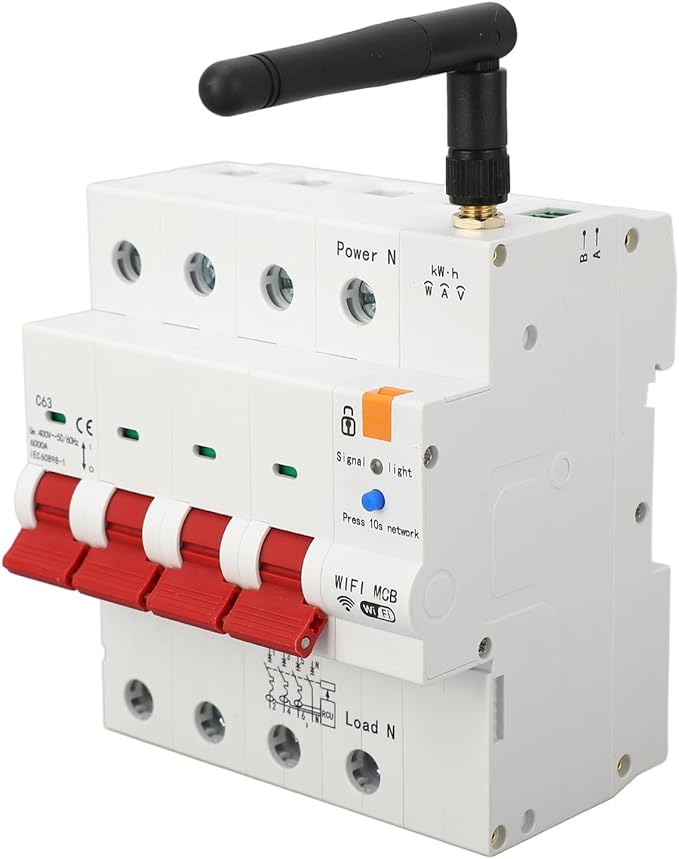Reasons for Leakage Switch Tripping
- Improper Installation
One common cause of leakage switch tripping is improper installation. If the lead wires on each terminal are not firmly attached, they may loosen over time, causing terminal oxidation. This oxidation can create sparks, leading to undervoltage in the circuit and ultimately causing the switch to trip.
- Mismatch Between Switch and Load
Another reason is that the leakage switch may not match the household’s electrical load. If the actual power consumption exceeds the rated current of the switch, tripping may occur. This issue often arises when high-power appliances, such as air conditioners or electric water heaters, are installed. To resolve this, replace the switch with one rated for the specific appliances in use.
- Electrical Leakage or Short Circuit
Leakage or a short circuit in the circuit can also cause tripping. If an appliance is leaking electricity, simply unplug it and then reset the switch. However, if there is a short circuit or leakage in the wiring, it’s essential to consult a professional electrician rather than attempting repairs yourself.
- High Incoming Voltage
High voltage from the power supply can also trigger tripping, particularly in houses with a three- or four-wire system. This situation is hazardous, as it can damage appliances or even cause fires. Avoid forcing the switch on, as it may worsen the issue. Instead, address the voltage irregularity promptly.
- Reduced Dielectric Strength Due to Moisture
Moisture can reduce the dielectric strength of the wiring, causing leakage current to exceed the switch’s allowable limit. This may also result from a short circuit. Drying the wiring can help restore insulation strength, but be sure to verify that no short circuit exists before resetting the switch.
- Incorrect Wiring During Construction
If the total leakage switch trips only when using certain circuits, incorrect wiring may be the issue. For instance, connecting the neutral (N) line to the protective earth (PE) line in the lighting circuit can cause tripping. Ensure that all wiring, especially in lighting circuits, follows proper connections with the N line.
When the Leakage Switch Cannot Be Reset
- Faulty Leakage Switch
If the switch trips even with all other breakers disconnected, the leakage switch itself may be faulty. Try isolating the main switch to test it, and if tripping persists, the switch may need replacement.
- Leakage or Short Circuit in the Electrical Circuit
Check for leakage or a short circuit by disconnecting all appliances and unplugging the power. If the switch stops tripping, the circuit is likely intact. If it continues to trip, isolate each circuit and reconnect them one by one to identify the fault. If the tripping is linked to a specific appliance, repair or replace it as needed.

